In 2018, a Japanese Medical School made headline news because of its discrimination against female applicants. One cannot help but wonder what the remarkable Ogino Ginko would have thought of this if she were alive today to have seen this.
Ogino Ginko is a name that is not well known today but deserves far greater recognition. She became Japan’s first female doctor, overcoming enormous prejudice and incredible odds, and her story is one that deserves to be told and spread far and wide.
Her early life and arranged marriage
Ogino Ginko was born in the Musashi province, which is part of today’s Saitama Prefecture, on March 3rd, 1851. Japan in the early 1850s was still under the reign of the Tokugawa shogunate which has been installed in 1603. Japan at this time was a strongly patriarchal society oppressing women. Practices such as prostitution and polygamy had long subjected them to exploitation and abuse, and women’s rights were largely non-existent.
This was also the case for Ogino, and at the age of 16 here family arranged for her to be married into a wealthy family to the son of the first director of the Ashikaga Bank. Like many men of this era, he frequently visited prostitutes, and as a result contracted gonorrhoea, which he subsequently passed on to her. She found the experience to be humiliating, particularly having to be examined and treated by an unsympathetic male doctor. She would have to undergo two years of medical visits and countless intimate examinations as part of her treatment before she would recover fully.
Quite understandably, she decided that she wanted nothing more to do with her husband and filed for divorce. There was a significant stigma attached to divorce at the time; however, and this decision placed a great strain upon her at the time.
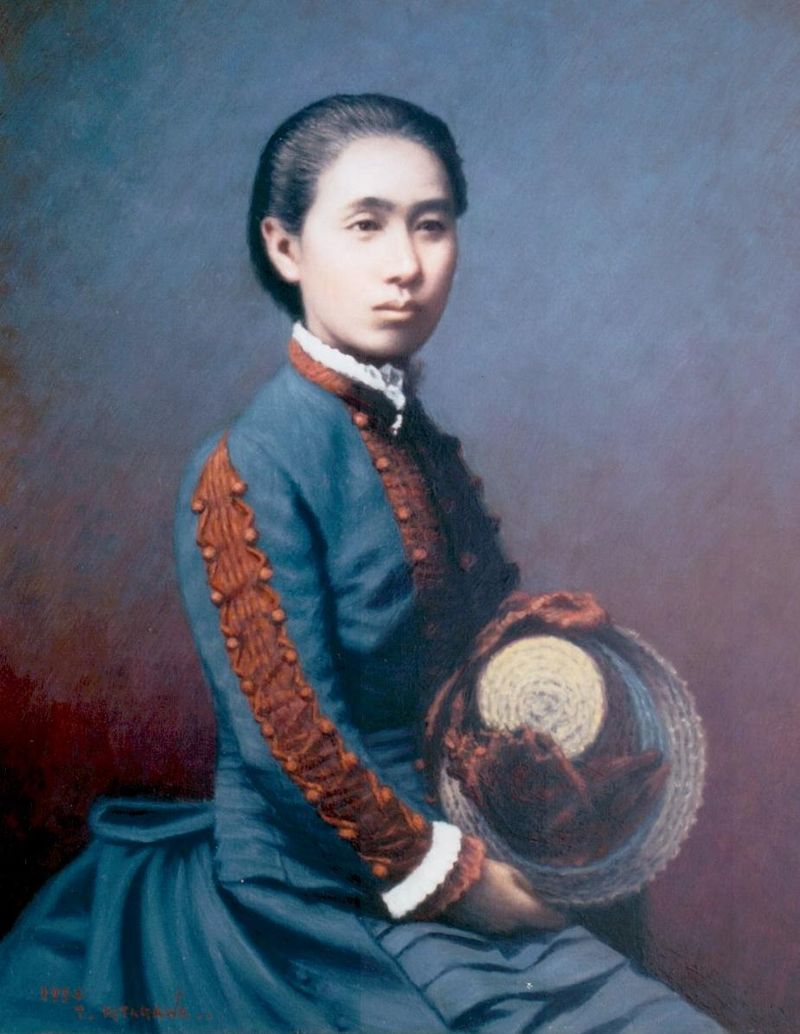
Photograph of a young Ogino Ginko
Overcoming the odds to enter Medical School
As a result of her experiences at the hands of male physicians, Ogino decided that she would become a doctor herself. There were no other female doctors or medical students in Japan at this time, and indeed very few around the world in other countries.
Medicine was viewed as a male profession and obtaining a place at Medical School would be tremendously difficult. She received no support from her family and was incredibly isolated during this period. She first managed to obtain a place at the Tokyo Women’s Normal School, from which she graduated in 1882.
With her formal education in place, she approached Tadanori Ishiguri, the President of the Japanese Red Cross, and with his help and the support of the educator and women’s activist Shimoda Utako, she subsequently obtained permission to attend lectures at the Kojuin Hospital private medical school.
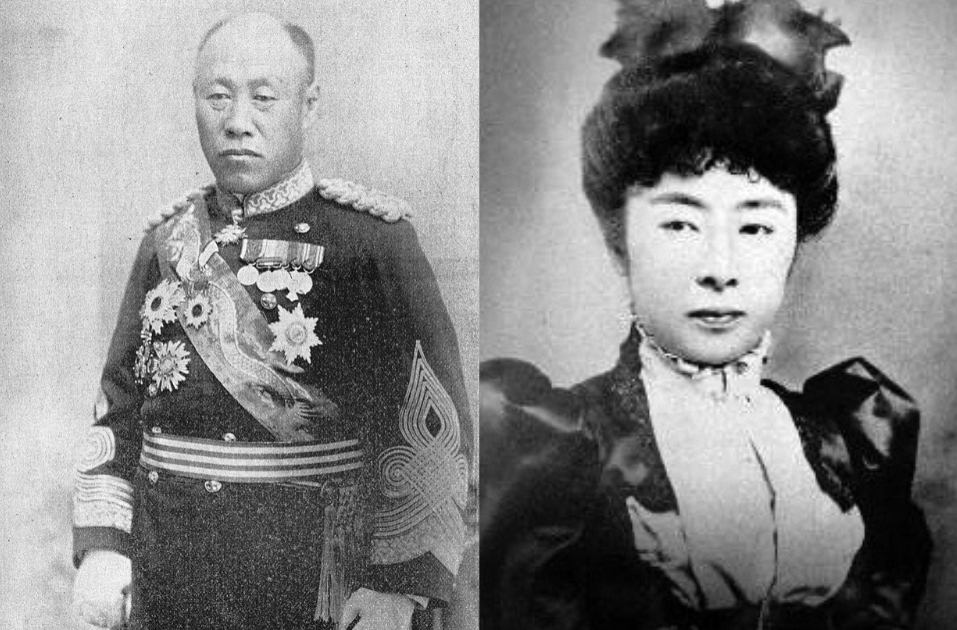
Tadanori Ishiguri (left) and Shimoda Utako (right)
Ogino’s difficulties were far from over, though, and she was subjected to harassment and abuse from the teachers and other students at Kojuin. There also remained great resistance to her sitting the medical practitioner’s examinations. Finally, after numerous failed applications and petitions, she would be allowed to take the necessary exams and fulfil the criteria to qualify as a doctor in 1885.
Her career in Obstetrics and Gynaecology
After qualifying to become the first registered female doctor in Japan, Ogino heavily influenced by her experiences of being treated for gonorrhoea decided to pursue a career in Obstetrics and Gynaecology. She opened the Ogino Hospital in Yushima, and she would go on to treat countless women throughout her career. She also served as the staff doctor to the girl’s school of the Meijo Gakuin University.
Her achievements inspired many other women at the time to pursue medicine as a career. Ogino approached Nagayo Sensai, the Director of the National Hygiene Bureau personally and persuaded him to allow women to take the National Physician Licensing Examination. The glass ceiling had been broken, and many women would follow in her footsteps over the years that followed.
Her final years and marriage
Ogino remarried in 1890 to a Protestant clergyman called Yukiyoshi Shikata who was many years younger than herself. She became a devout Christian and an active member of the Woman’s Christian Temperance Union. The two shared a common vision for a more progressive Japanese society. Sadly, her earlier bout of gonorrhoea left her unable to have children.
In 1894 she left her medical practice in Yushima and accompanied her husband to Hokkaido, where she assisted him in his Christian mission. Her husband died in 1908, at which point she returned to Tokyo and resumed her medical practice. She died of atherosclerosis in Tokyo in 1913, and she is buried at the Zoshigaya Cemetery in Tokyo.

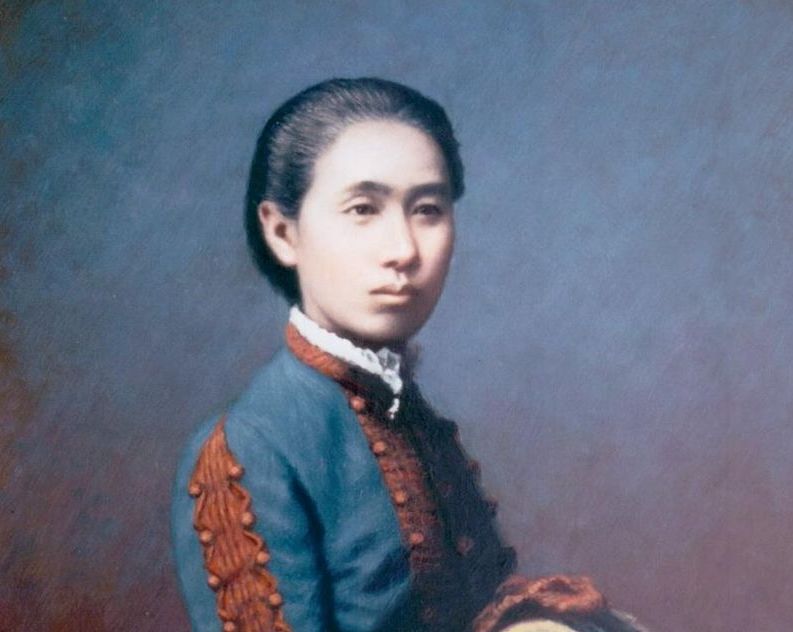

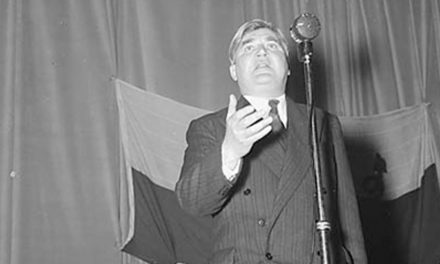
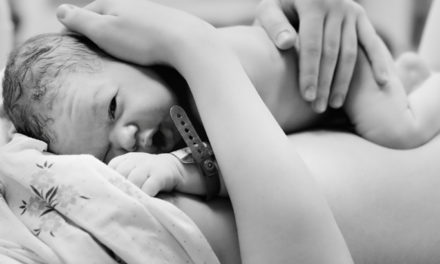
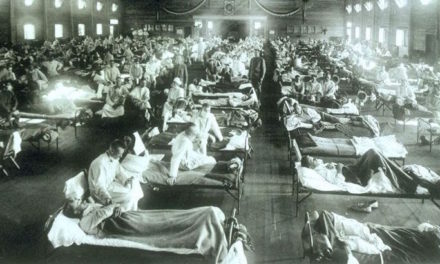

Recent Comments